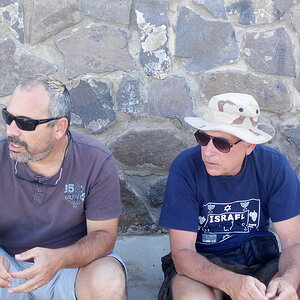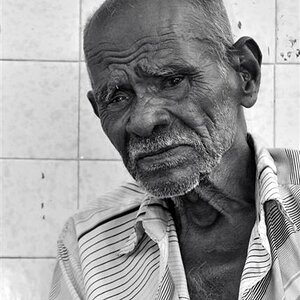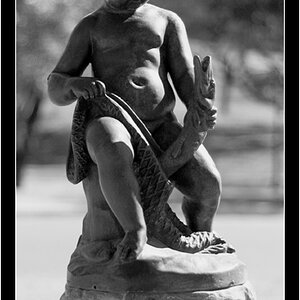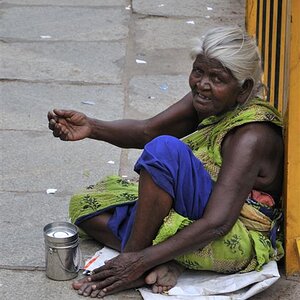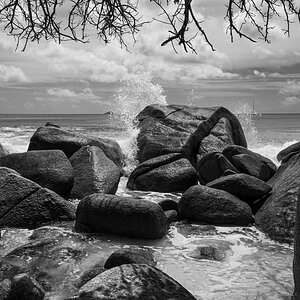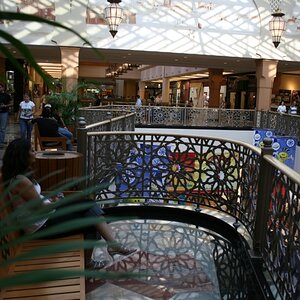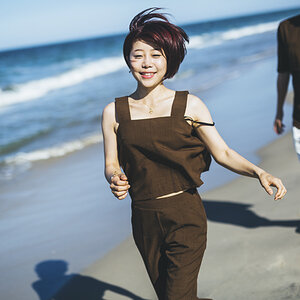minniemouse22
TPF Noob!
- Joined
- Dec 28, 2012
- Messages
- 18
- Reaction score
- 1
- Location
- MS
- Can others edit my Photos
- Photos OK to edit
I have a mini studio in my home for children and newborns. I'm striving to be a natural light photographer and while I'm using the natural light from the window behind me, I was wondering if I should move my set up and place the window to me left and have a reflector on my right? I just purchased a Neewer 110CM 43" 5-in-1 Collapsible Multi-Disc Light Reflector and I am hoping this will be adequate for this type of shooting? Shadows can be a problem if I have a parent over my shoulder cheering on their toddler but it's not all the time either. I do have a speed light but, correct me if i'm worng, these are not good for continuous shooting? Thoughts would be appreciated.


